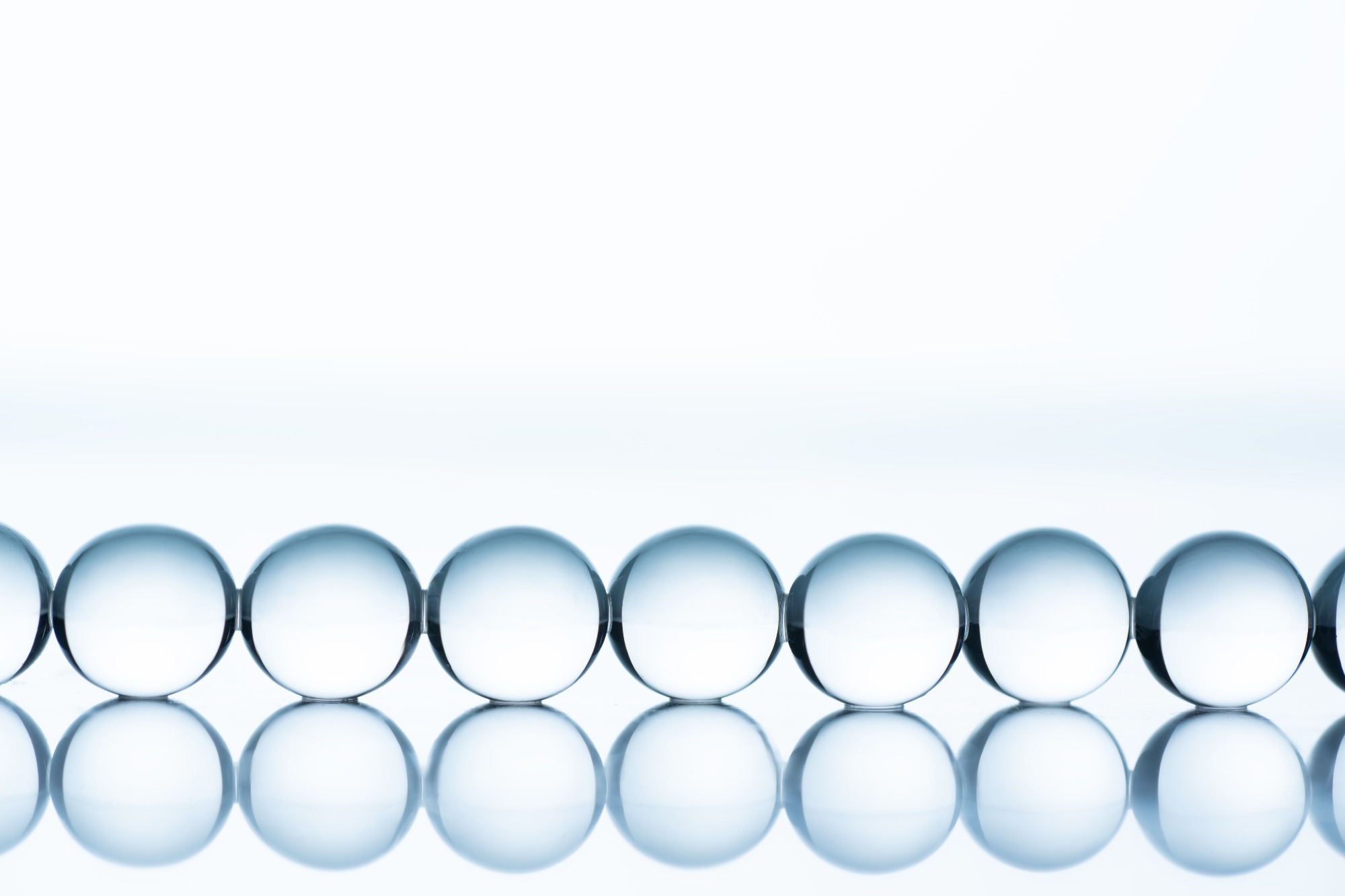Researchers have developed a new method to improve the structural and functional stability and long-term storage of hydrogel microparticles during lyophilization. By using polyethylene glycol (PEG) nanofillers, they have enhanced long-term storage and opened up the potential for their use in practical biosensing applications.
Recently published in Small, the study stabilized hydrogel microparticles by incorporating PEG nanofillers, preventing their porous structures from collapsing and opening up their potential for use in practical applications.

Image Credit: Inna Dodor/Shutterstock.com
Background
Hydrogel microparticles are widely used in biosensing due to their biocompatibility, ease of functionalization, and potential for encoding information for multiplex detection.
However, their delicate porous structures often deform or collapse during stabilization processes like lyophilization. Lyophilization is an important process for stabilizing biological materials like proteins and cells for long-term storage.
Traditional lyophilization methods rely on disaccharides such as trehalose or sucrose for stabilization. Unfortunately, these stabilization methods aren't designed to preserve the complex geometry and function of graphically encoded hydrogel particles, and structural collapse can still occur.
Previous efforts have focused on preserving drug delivery carriers, where shape retention is less critical. Biosensing applications rely heavily on the precise structure of these hydrogel microparticles, and the lack of targeted solutions presents a key challenge in the field.
The method of integrating PEG nanofillers into the hydrogel matrix, shielding the porous network during freeze-drying and helping to maintain particle shape and function, shows promise in enabling their use in biosensing applications.
The Current Study
In the study, the researchers developed a method to synthesize and characterize PEG-enhanced hydrogel microparticles, successfully stabilizing the material. They hypothesized that the use of PEG as a volume-excluding nanofiller would preserve the microparticles' shape and porosity.
The hydrogel microparticles were synthesized using PDMS micromolds and degassed micromolding lithographic techniques to ensure uniform size and encoding. PEG molecules with a molecular weight of 8,000 Da were then diffused into the hydrogel structure before lyophilization.
The researchers used fluorescence-based diffusion assays to confirm that the penetration of PEG molecules was successful, observing rapid infiltration within seconds.
To minimize physical stress during lyophilization, they carefully managed the freezing and sublimation steps to reduce physical stress.
Analytical tools included scanning electron microscopy (SEM) to assess morphology, deep learning-based image analysis to evaluate decoding accuracy, and immunoassays to test functional performance. Long-term thermal aging tests were also used to simulate extended storage.
Results and Discussion
Analysis of the PEG-treated hydrogel microparticles showed that using PEG as a nanofiller significantly improved the structural integrity of hydrogel microparticles during lyophilization.
SEM images showed that the particles retained their original shape, closely matching non-lyophilized controls. In contrast, particles without PEG suffered visible deformation and collapse.
Image analysis quantified these results: PEG-treated particles achieved over 95 % decoding accuracy, while the decoding accuracy of the untreated particles dropped as low as 42 %.
They found that the optimal formulation was 10 % PEG 8,000 Da, which provided effective stabilization without introducing excessive viscosity.
Fluorescent diffusion assays reinforced the filler hypothesis, confirming the quick PEG diffusion into the hydrogel pores.
Immunoassays demonstrated that antibody-functionalized particles retained their bioactivity after lyophilization and rehydration, with detection signals similar to fresh samples.
Most importantly, the functional properties of the PEG-treated hydrogel microparticles remained stable after six months of storage, proving the method’s robustness.
These findings offer a reliable method to stabilize sensitive biosensing microparticles for their use in real-world applications that require long-term storage and transport.
Download your PDF copy now!
Conclusion
This study presents a successful lyophilization strategy using PEG nanofillers to maintain the structural and functional integrity of graphically encoded hydrogel microparticles.
By occupying the hydrogel's porous volume, PEG helps prevent deformation during freeze-drying, leading to particles with preserved shape, high decoding accuracy, and long-lasting bioactivity.
This approach addressed a key challenge in the use of hydrogel-based biosensors across various settings, including diagnostics, environmental monitoring, and clinical applications.
Future research may involve further refinement of PEG formulations and expanding the method to other microparticle systems.
Journal Reference
Jang W. et al. (2025). Polyethylene Glycol Nanofiller for Robust Lyophilization of Graphically Encoded Hydrogel Microparticles. Small 2503007). DOI:10.1002/smll.202503007, https://onlinelibrary.wiley.com/doi/10.1002/smll.202503007